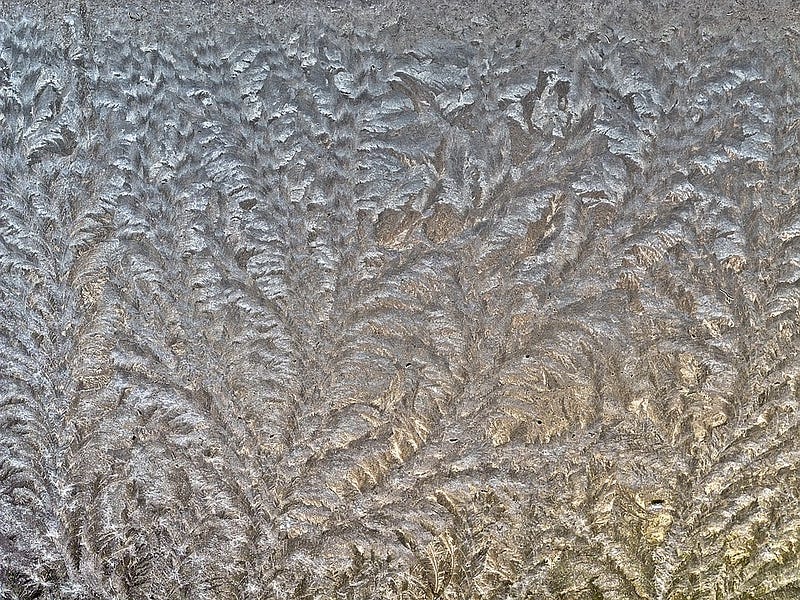Diffraction Peaks and Discovering Primes
By Jennifer Garland, Applied Physics, 2021

This article was originally published as part of Issue 37: Interaction.
Crystal structures are symmetric and periodic, and they form some of the more predictable patterns in the universe. However, the 2011 Nobel Prize in Chemistry shook up the field of crystallography when the winners introduced a natural occurrence of quasicrystals — materials whose atomic structure forms regular patterns but never repeat. In a surprising discovery published in 2018 in the Journal of Statistical Mechanics: Theory and Experiment, scientists at Princeton University described finding quasicrystalline structure that reveals order in the randomness of prime numbers.
Prime numbers are important to modern encryption because it is very difficult to determine the prime factorization of large numbers. In the commonly used RSA algorithm, two prime numbers that can be thousands of digits long are multiplied together to get a key that would take even very powerful computers a long time to guess and check for factors. Finding any sort of pattern in the primes could reveal vulnerabilities in current systems that use public key encryption. On the flip side, being able to find higher prime numbers will allow for stronger cryptography keys, and potentially give insight into number theory.
Scientists at Princeton University described finding quasicrystalline structure that reveals order in the randomness of prime numbers.
In the study, x-ray diffraction was used to determine the arrangement of atoms in quasicrystals, and stretches of prime numbers were mapped to the Bragg peaks produced. Instead of regular peaks that are produced by normal crystals, there were smaller groupings between each pair of peaks. This occurrence of “self-similarity” is what is displayed in fractals, which repeat patterns at multiple scales and are often found in nature. Computer simulations showed that when prime numbers were treated like atoms, they produced the same type of diffraction pattern. This research has categorized prime numbers to be hyperuniform, meaning they do not show order on small scales.
Comparing prime numbers to particles opens up pathways to predicting larger prime numbers from nature and tying in pure math with materials science. Mathematicians have looked for patterns with digits and frequency using computer programs in the past, but this discovery in crystal structure could lead to a more advanced prime number algorithm. While both prime numbers and quasicrystals do not repeat themselves, it appears that patterns can sometimes be found where they are least expected.
Journal of Statistical Mechanics: Theory and Experiment. 2018. DOI: 10.1088/1742–5468/aad6be
